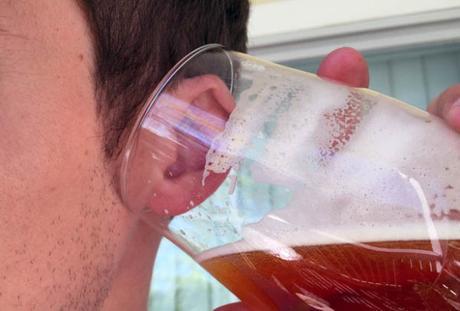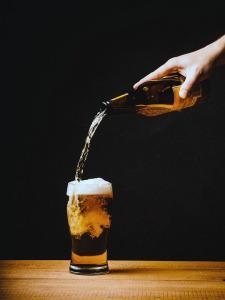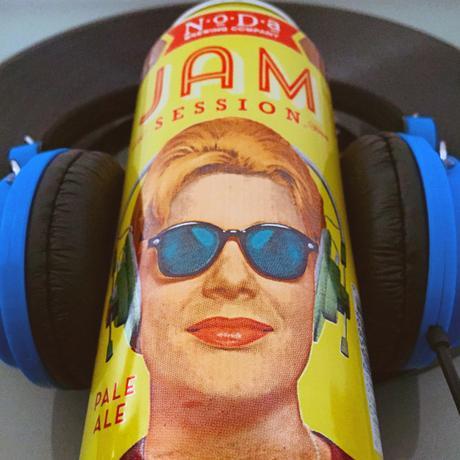
The beer world has many ways to identify drinking "experts," from BJCP or Cicerone certifications to some guy in Denmark who tastes thousands of beers a year. But the best part is no matter what your official qualifications may be, we all have some level of knowledge when it comes to tasting beer, even if our interest is solely left at that.
Last week offered a great conversation, as always, on the Beervana podcast, when Jeff Alworth and Patrick Emerson discussed the idea and process of how to taste beer. Through a blind taste test, the pair broke down how sight, smell and taste can impart characteristics of beer and how it can lead our own interpretation of the liquid.
But are those senses all we need to fully judge a beer?
In the 1930s, marketing pioneer Louis Cheskin coined the phrase "sensation transference" as a way to describe the phenomena of when a consumer has a unique reaction to a product based on an interpretation with their senses. For example, the more yellow the color of a 7UP package, the more lemon-like the soda may taste.
Naturally, sight and smell are powerful forces driving this idea, but in truth, all our senses play a part, even hearing. Think of the snap of a crisp potato chip or apple and how that plays into our perception of quality and freshness. Sound, just like other senses, has the ability to not only alter our preferences, but change a tasting experience altogether.
So if and when sound comes into play, is it impacting our perception of a beer or simply playing to our inherent biases?
In modern marketing, the idea of playing on our sense of hearing runs the gamut of products, from Mascara to vacuums or the famous "Snapple Pop." Some people are so hell bent on the connection, they believe they can tell the difference between opening cans of Coke and Pepsi. The perception isn't by accident.
"It's looking at how auditory aspects of packaging can subliminally affect our perception of the product," Cormac Neeson, the director of external affairs at can maker Crown Holdings, told the New Yorker. "And how then, we hope, we'd be able to maybe engineer those to give people an enhanced, improved experience through the packaging."
In study after study, it's been shown that the perception of quality can be strongly influenced by sound, something that starts when we pop a cap. Oddly enough, people are typically unaware of how sounds can affect the multisensory experience, but our ability to perceive certain attributes of liquid extends to a host of conditions, from temperature of water to carbonation.

Which only raises more questions. Do the auditory aspects of a beer impact our perception of each individual bottle or can? Or are we simply trained by the time we're adults to connect these kinds of audio functions to quality?
The greatest commercial success story in this field belongs to Axe deodorant, which manipulated the sound of its aerosol sprays to be louder and more "masculine." Are we far away from a "masculine" sounding package for beer? Or a fizz-enhancing can to assist carbonation?
Whatever the answer, it's clear that to some extent, sounds impact our behavior and perceptions of beer.
Even the neck of Beck's beer bottle - which holds the best-selling German beer in the world - was chosen for its audio supremacy. As sounds connected to freshness or quality in food are amplified, there is a correlation to quality.
(Of note, "a striking gurgling sound between 5 and 6 hertz" when a beer is poured is ideal.)But before we jump off the deep end, the key point of all of this is sound is just one of several senses used to experience beer, even if it may be the "least" important. After all, taste isn't even number one - it's smell, from which we derive so much of our ability to pick out nuanced aspects of our beer, whether it be pine, citrus, tobacco or wet horse blanket.
It's just that hiding behind our attempts to dissect each glass of beer is a lesser known influencer. Even if our American palates are trained to focus our nose and tongue on a bombardment of flavor, there's still an itty bitty part of our biological wiring that pokes through, playing a part in every first impression.
We listen to our beer.

"Don't drink to get drunk. Drink to enjoy life." - Jack Kerouac

